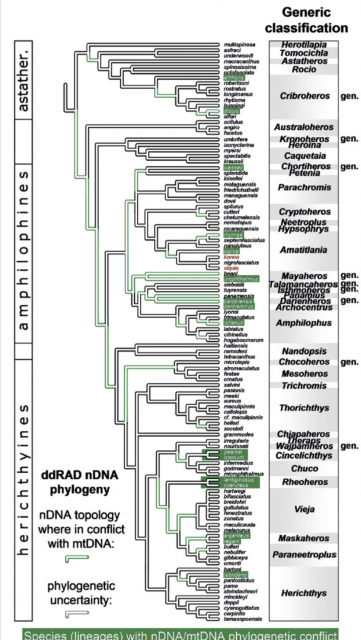Whether or not science will agree, and bare this out?
I find Isthmoheros to be the evolutionary link between the Heros genus of South America, and the Vieja of North America.
Only found in eastern Panama and the Darien gap, and in the rivers of the Bayano basin, (only recently filled (in geologic time) in) by volcanic and sedimentation activity 3 million years ago that connected the 2 continents, is Isthmoheros. tuyrense
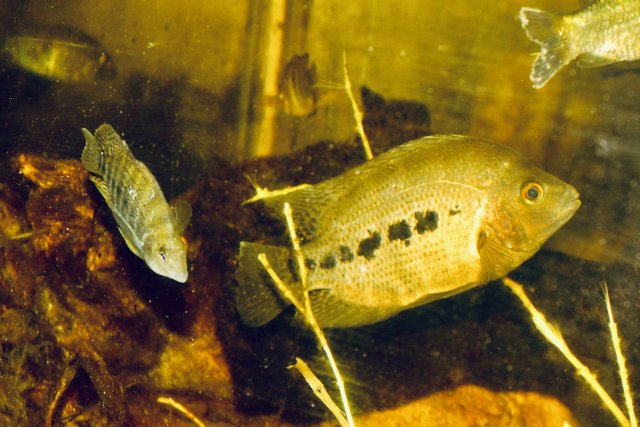
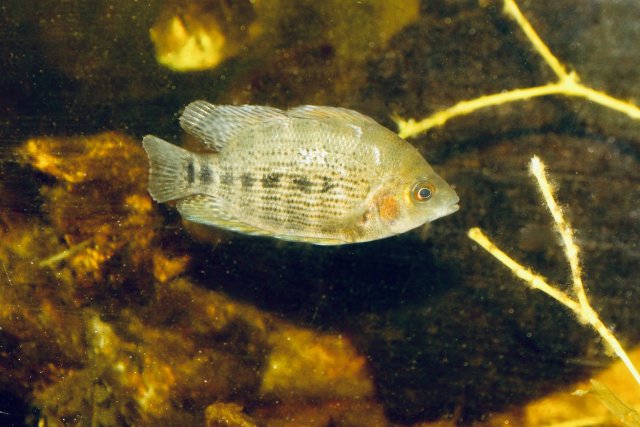
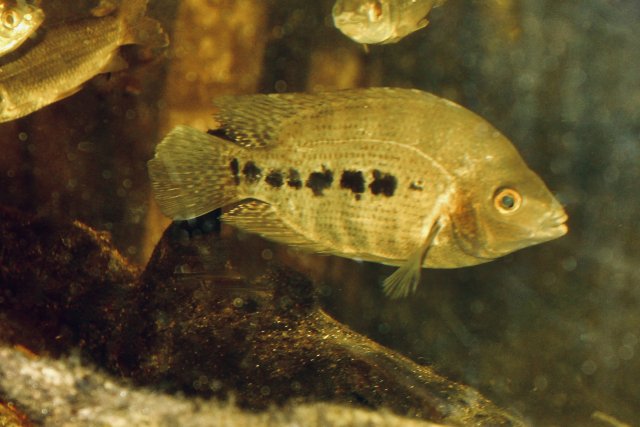
The other primitive cichlid, that seems to be both an ancestral form, near to the S American Geophagines, is Darienheris calobrense, limited to the same area, and (to me) the ancestral form, that split to form Amphilophines on the one hand, and Cribroheros on the other.
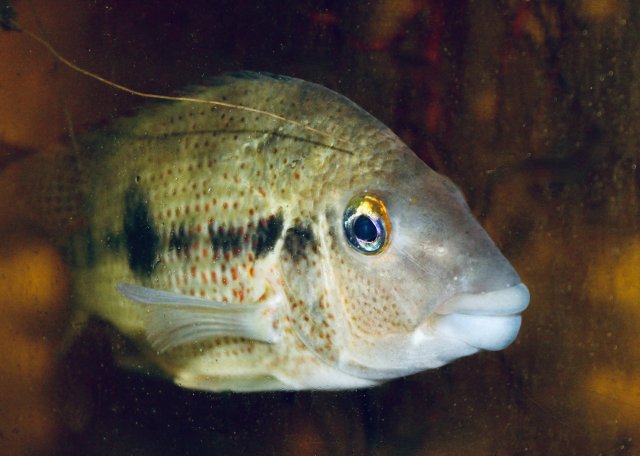
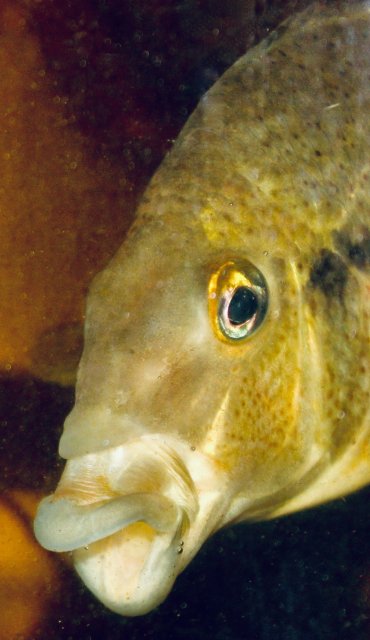
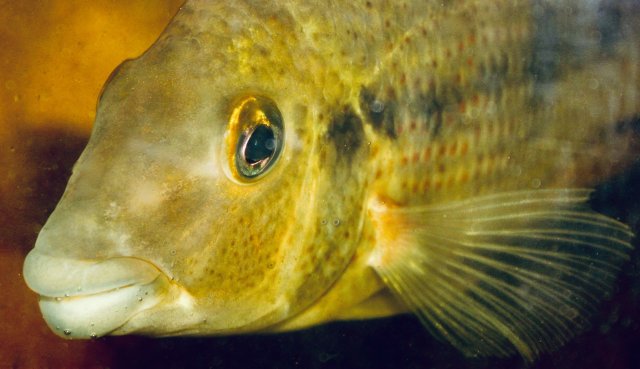
But not only cichlids, the Curimatidae, toothless tetras of the genus Cyphocharax, are Characins from the same area, and seem reminiscent of the South American genus Chilodus
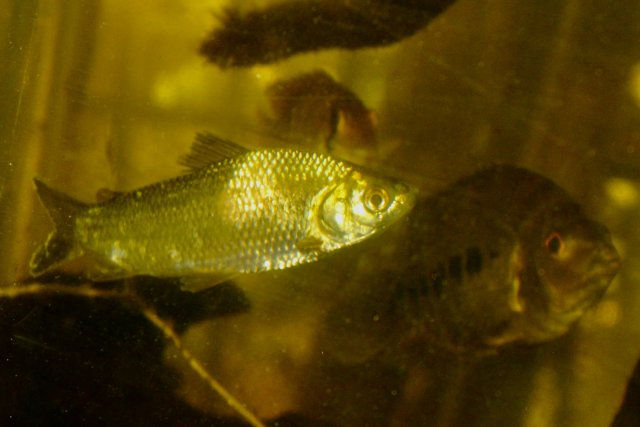
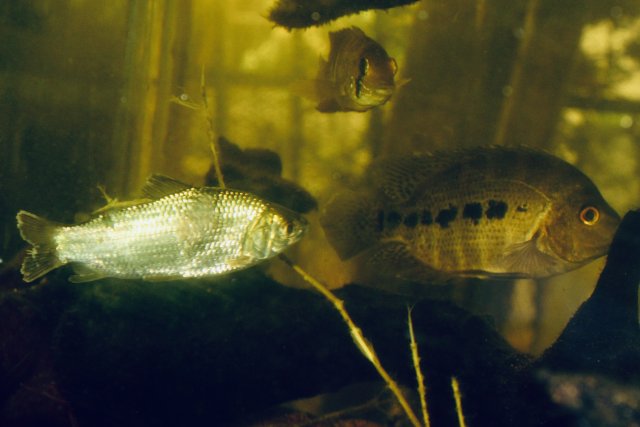
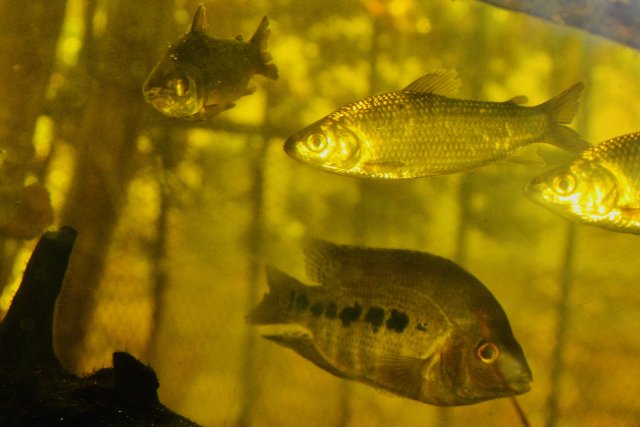
Same for Plecos, all the Plecos of the genus Chaetostoma are all found in S America, except C Fischer found in this area of Panama
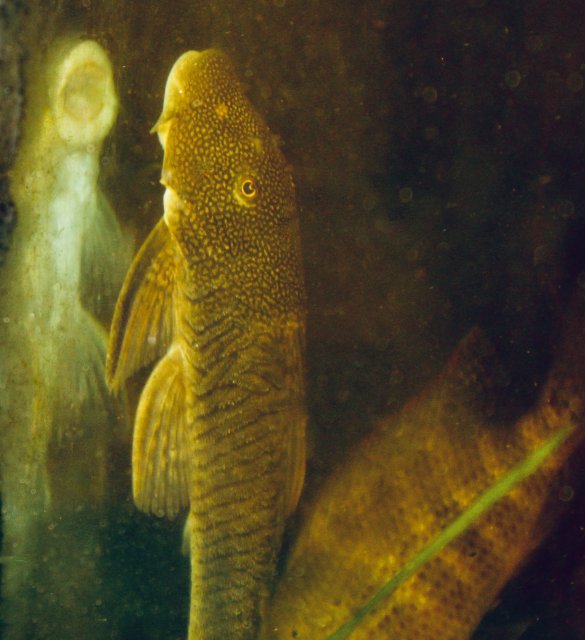
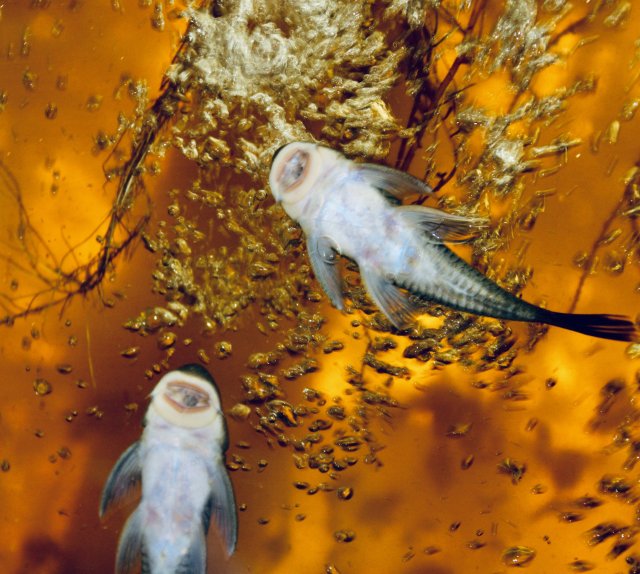
You may have already guessed (after seeing these pics), color is not my major motivation for keeping certain species.
I am much more fascinated by the evolutionary and historical aspects and ancient relationships, than thought of for the more sought after colorfulaquarium types.
And may be the reason I lean toward biotopes, and abhor human intervention, like hybridizing.
And one more for the ditch, Ctenolucius beanii, found here in this tiny sliver of Panama, while the others C hujeta are extensive in S America, in Colombia and Venezuela..
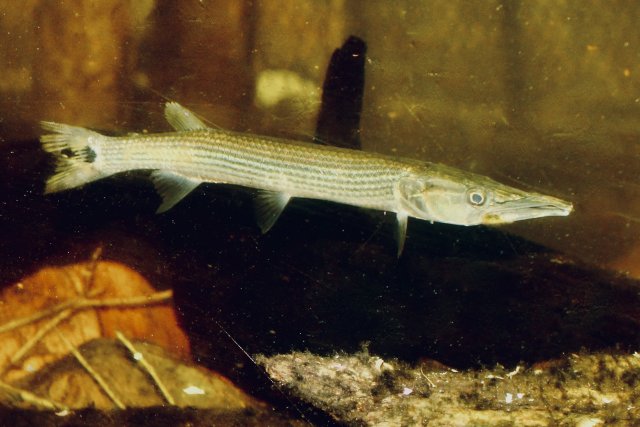
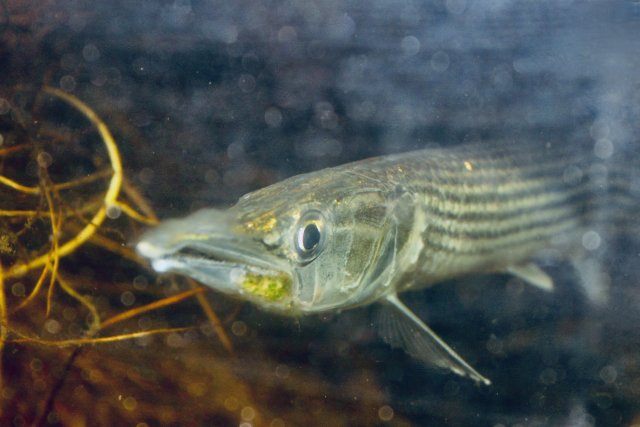
I find Isthmoheros to be the evolutionary link between the Heros genus of South America, and the Vieja of North America.
Only found in eastern Panama and the Darien gap, and in the rivers of the Bayano basin, (only recently filled (in geologic time) in) by volcanic and sedimentation activity 3 million years ago that connected the 2 continents, is Isthmoheros. tuyrense



The other primitive cichlid, that seems to be both an ancestral form, near to the S American Geophagines, is Darienheris calobrense, limited to the same area, and (to me) the ancestral form, that split to form Amphilophines on the one hand, and Cribroheros on the other.



But not only cichlids, the Curimatidae, toothless tetras of the genus Cyphocharax, are Characins from the same area, and seem reminiscent of the South American genus Chilodus



Same for Plecos, all the Plecos of the genus Chaetostoma are all found in S America, except C Fischer found in this area of Panama


You may have already guessed (after seeing these pics), color is not my major motivation for keeping certain species.
I am much more fascinated by the evolutionary and historical aspects and ancient relationships, than thought of for the more sought after colorfulaquarium types.
And may be the reason I lean toward biotopes, and abhor human intervention, like hybridizing.
And one more for the ditch, Ctenolucius beanii, found here in this tiny sliver of Panama, while the others C hujeta are extensive in S America, in Colombia and Venezuela..


Last edited:






